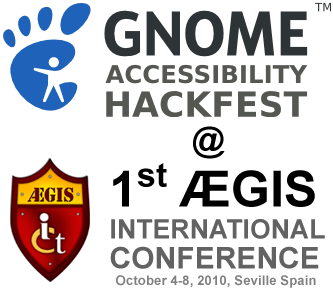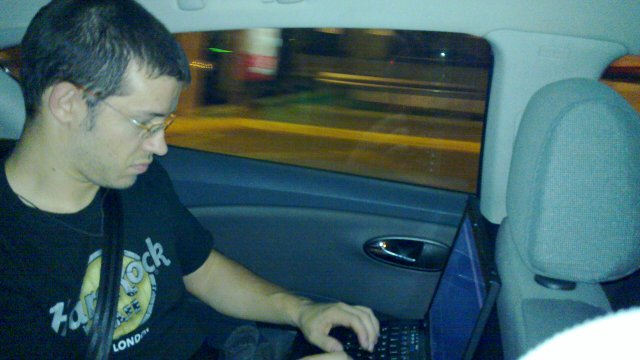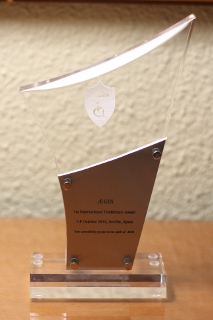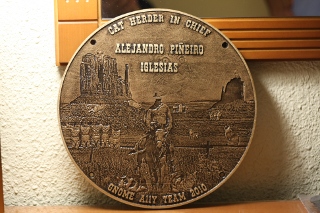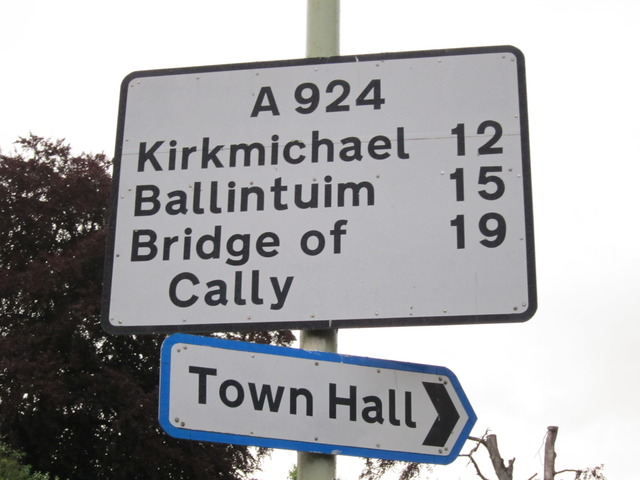5 years ago, 13th of January 2006 I became a Igalian.
2 years earlier I had a student internship on the old offices, and it started my ‘brainwash’. Although I started to write Pascal (my first real programming language, as I don’t include my little LOGO experience when I was 10) since I was 12 years, during a lot of years I was really skeptical about this “free software thing”. And sincerely, the reason was because the first people that tried to convince me about Free Software were using this typical condescending “Free Software is just cool and will save the world from the Evil” attitude.
Whatever, forget that off-topic rant.
My first day on this internship was funny. After my first car accident I arrived to Igalia office, and Alejandro García (Alex, our beloved Igalian in the shadow) started the tutoring. “Do you know something about gtk+ ?”, “No”, “Do you know something about autotools ?” “No”, “Do you know something about glade ?” “No”, and finally with a desperate face “Do you know something about C ?” “Yes”. (Because in the end, we still have C)
The summary is that this “free software thing” was the best environment to keep doing something that I beloved since I was 12 years old: program. Decide to do a program, and with your big or small knowledge of a programing language and the remaining power of your last operative brain cells, conclude the right steps, write a program and feel satisfaction when you found that the program does what it was supposed to do, learning from other people code and sharing with them because reinventing the wheel is just a waste of time.
5 years and a internship. A long time related with free software, with a lot of projects involved. First with Fisterra. And after Fisterra, several other projects, Maemo (now Meego,) Hail, Cally, the Accessibility Team and so on.
And on the best place to do so. This post has become somewhat disperse, but remember that the title is “My 5th anniversary as a Igalian”. All this experience during those years showed me that I was not wrong about how I saw Igalia when I entered and about their advantages and philosophy. Igalia tries to obtain the real value of the workers, and share the concept of the company among all of them. They don’t work because someone give you a order, the people work because is their company.
In the end, probably this is the best idea, involve all the people. All the companies ask their workers to “work for the company”, make an extra effort as you “should think in the future of the company” without giving you any extra value or greetings. As Igalia share the responsibility, and the final purpose of Igalia is become a partner (a real igalian, in the end), you “work for the company” and “think in the future of the company” as YOU are the company.
Igalia real value is the group of people that conform that, and the synergy of these people working together. A company I’m proud of belong to.
Concluding, I’m old enough to say that I have worked 5 years for an (almost) 10 years old free software company. Some people says that 5 years on computer science is a lot of time, enough time to be obsolete, but as Jethro Tull says, I’m “Too Old to Rock ‘n’ Roll: Too Young to Die!”. So as my plan is not die today, lets rock and roll 5 years more!



